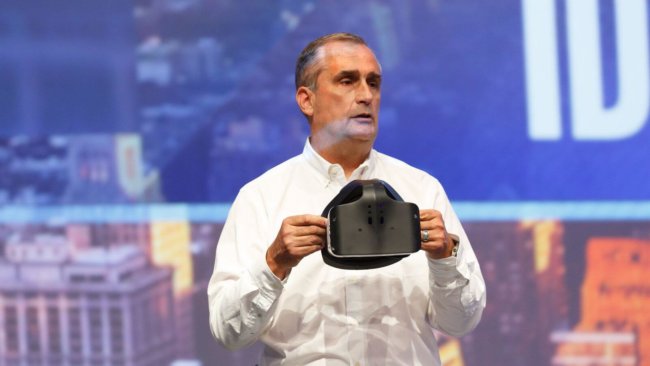
Headset within one of the most impressive projects related to virtual reality, project “combined reality” Project Alloy will not be released by Intel. Despite the seemingly promising technical characteristics of the technology “combined reality”, industrial partners did not show interest in it. Called the probable reasons why the project has not been embodied in commercial products. There may be a more attractive and simple at the moment, the alternative?
Intel abandoned their plans to release a reference in the framework of the project “combined reality” (the”merged reality”) of the Project Alloy. As reported by Road to VR, the decision was made by Intel, as summer partners have shown to the new concept of sufficient interest. Earlier headset, developed in the framework of this project, were considered in more detail.
In its report, Intel said that prefer to “roll your reference design Alloy Project”, but will continue to invest in augmented and virtual reality, including the technology of “depth perception” RealSense and wireless devices based on the WiGig. It should be recalled that the company had previously planned together with partners to translate Project Alloy at the manufacturing stage to the end of 2017. But not all technology, even the most, at first glance, the perspective reflected in consumer devices.
Resource Road to VR suggests that Intel and its partners could meet on the way of realization of the project the difficulties that would not allow the device Alloy become compact enough and work long enough, similar to existing virtual reality helmets. But consumers need a headset that not only have impressive capabilities, but which are also convenient to use.
Resource also it is further noted that producers could give preference to the device of “mixed reality” Mixed Reality Windows from Microsoft. Despite the similarity between the names “mixed reality” (“mixed reality”) and “combined reality” (the”merged reality”), current Windows devices Mixed Reality is much simpler than Alloy. This is a wired virtual reality helmets with built-in tracking.
Additionally, it is noted also that it was never clear exactly how people will use Alloy and that the system will be similar. When the representatives of The Verge saw helmet at CES, then it looked promising though, but a little clumsy, says Edie Robertson (Adi Robertson) on the pages of this well-known technological resource.
Why Intel did not release a headset Alloy Project?
Oleg Dovbnya